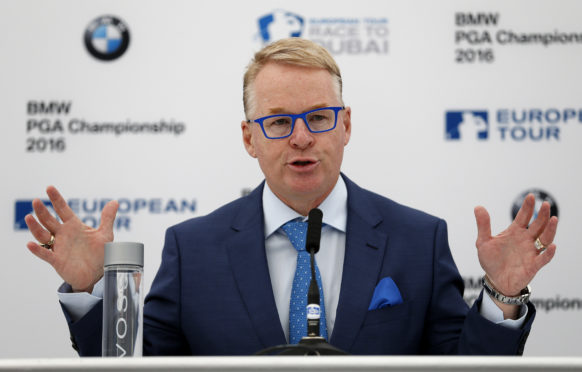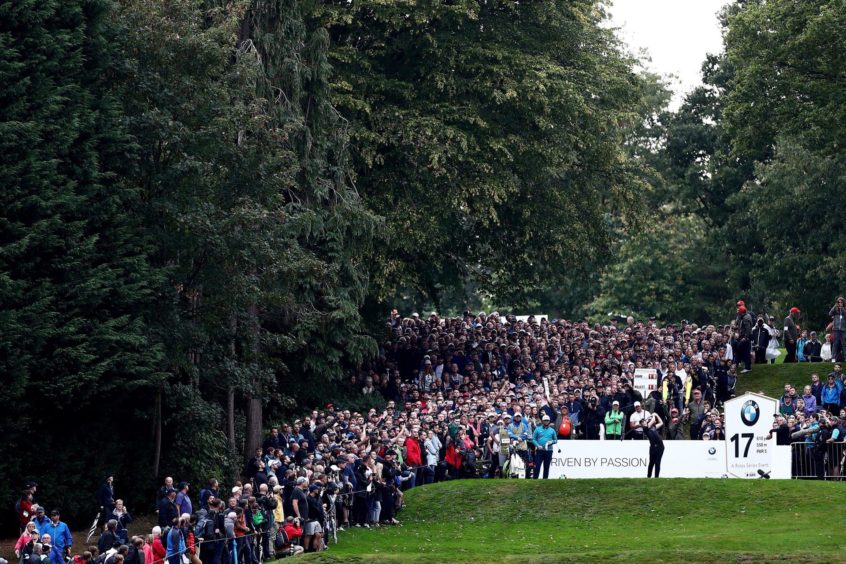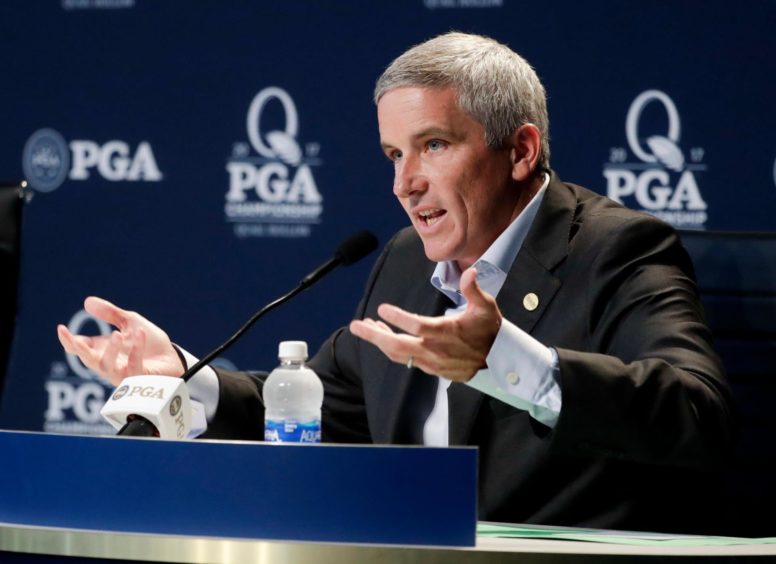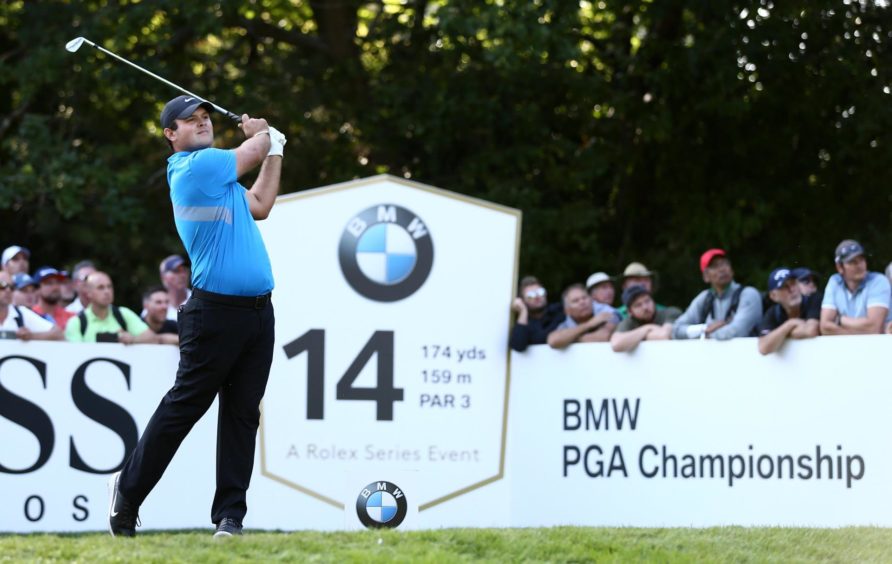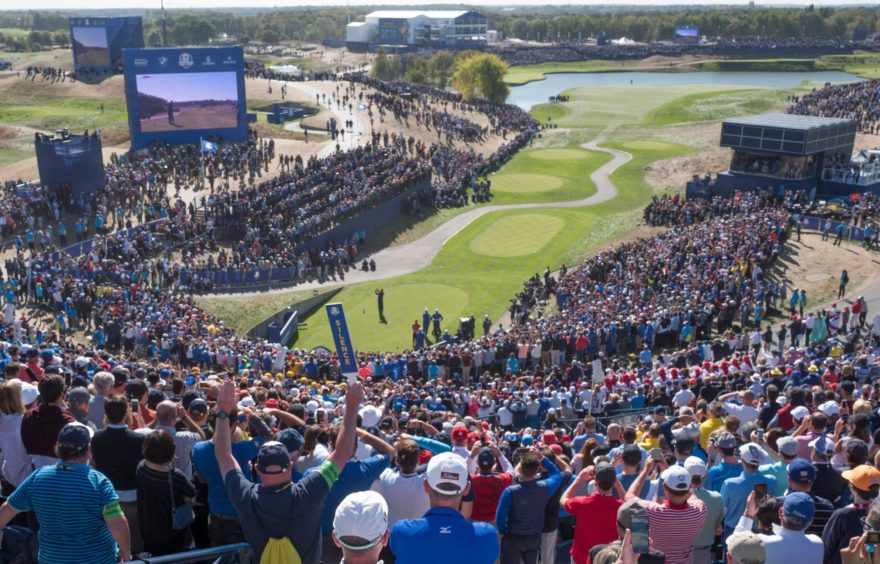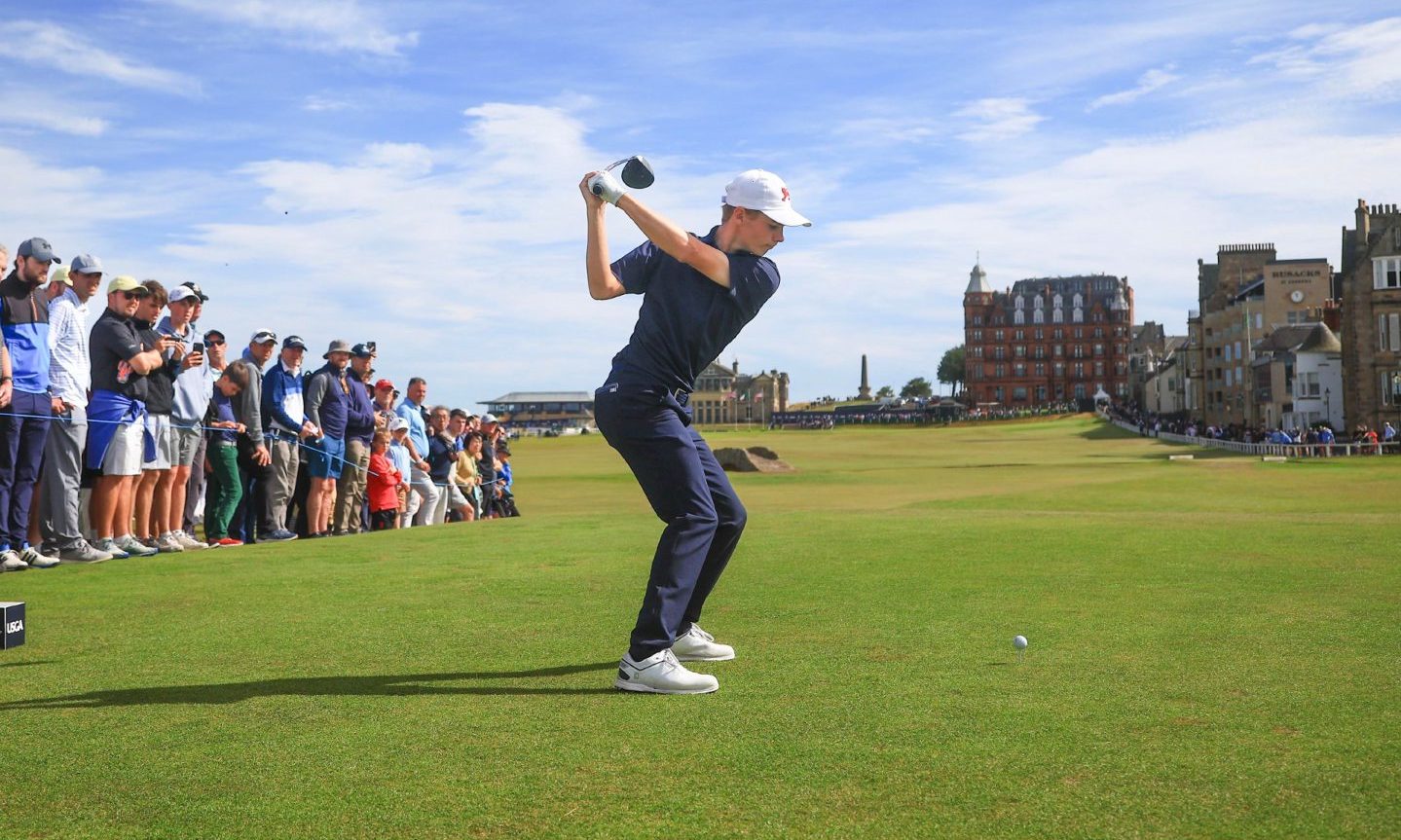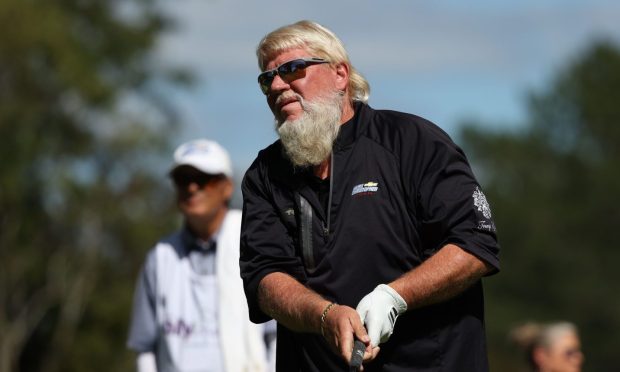Where to begin with the “strategic partnership” between the European Tour and the PGA Tour announced by chief executive Keith Pelley last week?
Indeed, wherever you begin you don’t get very far. The plan is so short of detail that really we can’t be blamed for entertaining those who Pelley described as “naysayers”, indulging the customary tour gossip (rarely reliable) and going for open speculation.
Pelley spoke a lot about “early stages” and non-disclosure agreements, and by doing so basically threw a blanket over the whole thing. The chief executive is a canny operator, but the less he says – and it’s definitely not his habit to say less – the more his strategy is going to be questioned.
The potential formation of a standardised global schedule for elite professional golf is a very big thing indeed, and it appears to be a prime aim of this partnership.
There are far too many questions still be answered, although I’ll have a crack…
It’s not really a partnership, is it?
Well, sort of. It’s a partnership IN the European Tour, not BETWEEN the European Tour and PGA Tour. There is no question of the European Tour having a stake in operations at Ponte Vedra Beach or getting a reciprocal seat on the PGA Tour’s board.
It could be seen as basically an investment in the European Tour by Jay Monahan, dressed up as taking a stake in European Tour Productions, the in-house TV company that sends pictures of golf events around the world (not just the Tour, it’s provided pictures from The Open since 2016).
This targeted investment raises questions itself – the PGA Tour has recently signed off on a mega-million, nine-year TV deal with US networks. What use is ETP to them?
The strategic stuff, like a standardised schedule, is not really going to be a partnership either – we’ll see European Tour events move in the main.
Why the rush?
This is a curious one. Pelley said he’d been speaking to Monahan about shared issues for years, but also that the partnership was cleared in just 72 hours prior to announcement.
Pandemic issues brought the parties closer together, we heard, but that’s been going on for eight months. Like a dating couple forced to live together during lockdown, they decided they liked it and got married?
Rather than hide behind more NDAs, Pelley was quite prepared to acknowledge the part those behind the Premier Golf League played in this.
The Raine Group, an equity firm backed by the Saudis, had placed “a compelling offer” to the European Tour to “take us to a new level but in a different direction”, he said.
It may be just my cynicism, but it seems the chief executive was trying to infer he’d played off the threat of the acquisitive PGL getting a firm foothold in the game to get a deal favourable to his tour and membership.
Were Pelley and the European Tour backed into a corner?
The chief executive robustly defended the tour’s financial position, saying this was not a partnership they had to make. Two other directors of the tour I’ve spoken to privately have said that the finances are strained due to the pandemic but not parlous.
On the other hand, 68 employees of the Tour have been made redundant, and on Sunday night the online Global Golf Post – not customarily given to rocking the boat – had an article suggesting “powerful executives” close to the Tour had been preparing a challenge to Pelley because of what they perceive to be “poor business decisions”.
This reference was mysteriously erased by the time Monday’s emailed edition of GGP was distributed.
Are these the “naysayers” Pelley referred to, and who are they? I’d imagine they’re the same figures within the tour community who made the tenure of Pelley’s predecessor George O’Grady a trial at times, and I’d also suspect they are not nearly as “powerful” as they hope.
Who wins and who loses?
One can’t imagine this announcement was greeted with enthusiasm in Asia, Australia and South Africa. Are they to go cap in hand to the new “partnership” or be by-passed altogether by the new global schedule?
And the players? It doesn’t take a genius or cynic to surmise that this will reduce playing opportunities for the “standard” European Tour member. There’s definitely going to be more spots for PGA Tour players in Rolex Series events, but you seriously doubt there will “in kind” places for Europeans in FedEx Cup tournaments.
What about the Ryder Cup?
Pelley flat-batted my direct question about this – “I don’t believe that in any way, genuinely don’t believe this announcement is relevant to the Ryder Cup”.
Really? It’s well-known the European Tour would not exist without a home Ryder Cup every four years, even if Pelley says that it’s less impactful than it once was.
Is The Ryder Cup ring-fenced? Do the PGA Tour now have a share? They’ve long desired a stronger presence in the event – the US side is run by the PGA of America – and this could be their way in.
